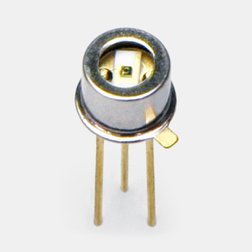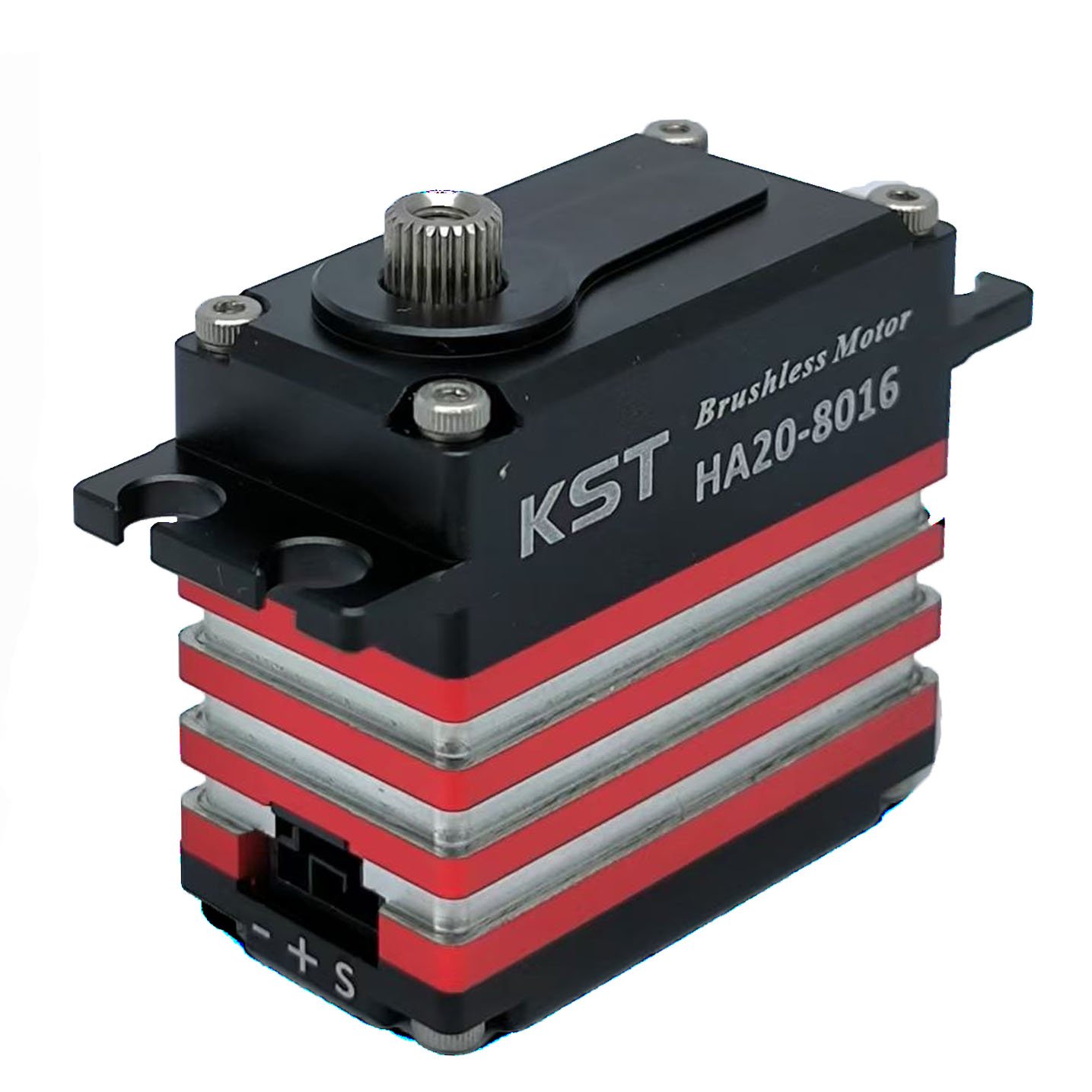MEMS stands for Micro Electromechanical System. It refers to high-tech devices with a size of several millimeters or even smaller. Its internal structure is generally in the micrometer or even nanometer level. It is an independent intelligent system. It is mainly composed of three parts: sensors, actuators, and micro-energy. MEMS involves multiple disciplines and engineering technologies such as physics, semiconductors, optics, electronic engineering, chemistry, materials engineering, mechanical engineering, medicine, information engineering, and bioengineering. It has opened up broad applications in the fields of intelligent systems, consumer electronics, wearable devices, smart homes, synthetic biology of system biotechnology, and microfluidics. Common products include MEMS accelerometers, MEMS microphones, micromotors, micropumps, microvibrators, MEMS pressure sensors, MEMS gyroscopes, MEMS humidity sensors, etc. and their integrated products.
Fundamental Principles and Structure of MEMS
At the heart of MEMS lies the integration of micro-mechanical structures with sensors, actuators, electronic circuits, and control systems onto a small chip or substrate. These microstructures can include micro-mechanical systems such as micro-sensors (accelerometers, gyroscopes), micro-actuators (micro-valves, micro-pumps), micro-lenses, or micro-mirrors. Manufacturing MEMS devices typically involves processes akin to semiconductor fabrication, including photolithography, deposition, etching, and thin-film technologies, ensuring precise construction of micro-scale structures on silicon or other materials.

Wide-ranging Applications
MEMS technology has permeated numerous fields, playing pivotal roles in:
- Consumer Electronics: MEMS accelerometers and gyroscopes in smartphones, MEMS microphones and cameras in digital devices.
- Automotive Electronics: Accelerometers and inertial sensors in airbag systems, gyroscopes in vehicle stability control systems, MEMS inertial navigation modules in automotive navigation systems.
- Biomedical Applications: Biosensors, microfluidic control devices, drug delivery systems, and micro-bioreactors.
- Environmental Monitoring: Air quality sensors, micro-weather stations, and earthquake monitoring devices.
- Industrial Automation: Pressure sensors, flow meters, temperature sensors, and other industrial control and monitoring devices.
Future Directions
With advancing technology and increasing application demands, MEMS technology holds immense potential for future development. Future directions may include miniaturization, higher sensitivity, lower power consumption, increased functional integration, and cost-effective MEMS devices. Furthermore, the integration of MEMS with emerging technologies such as artificial intelligence and the Internet of Things (IoT) is expected to open new application scenarios and market opportunities.
In summary, MEMS technology is not merely a niche technological field—it is a small yet powerful force driving modern technological advancement and innovation. It offers unprecedented convenience and possibilities for human life and industrial processes. As technology continues to progress, the application domains and influence of MEMS technology are poised to expand and deepen.
For more information and updates, feel free to contact us anytime!our website:emi-ic.com
























